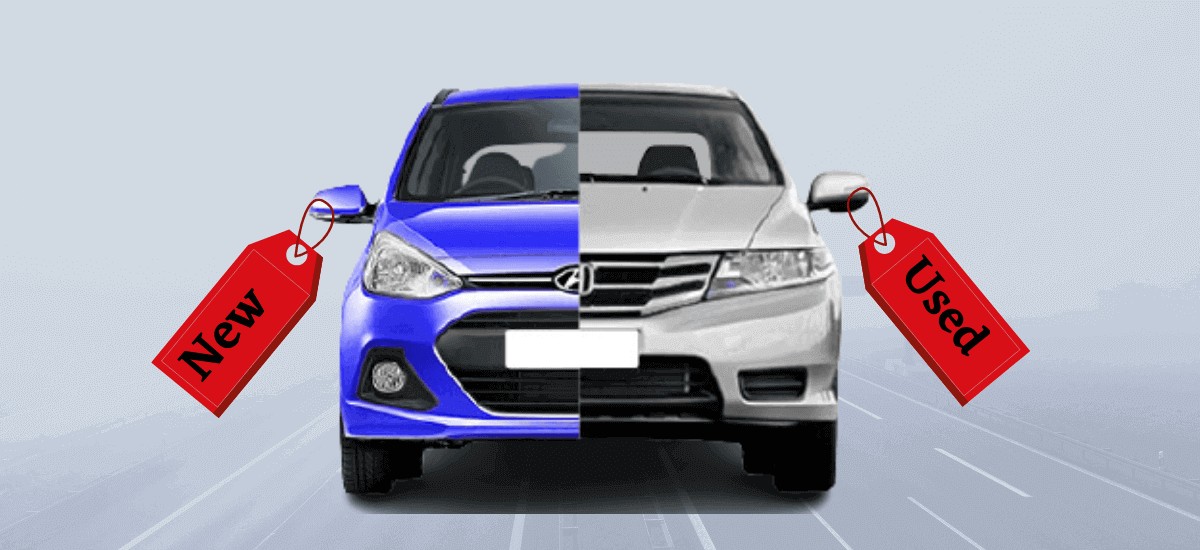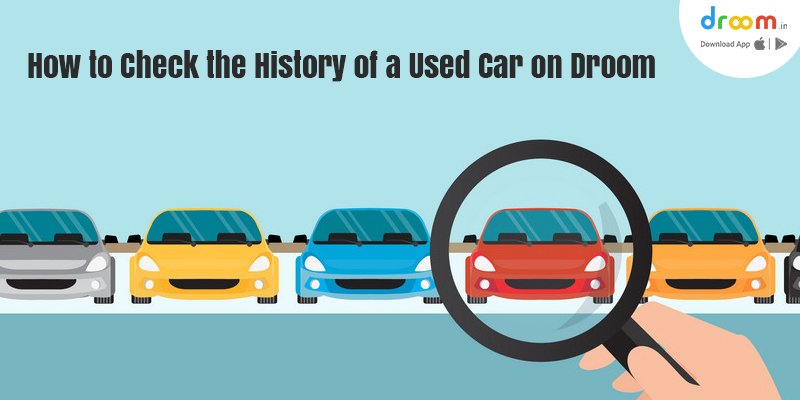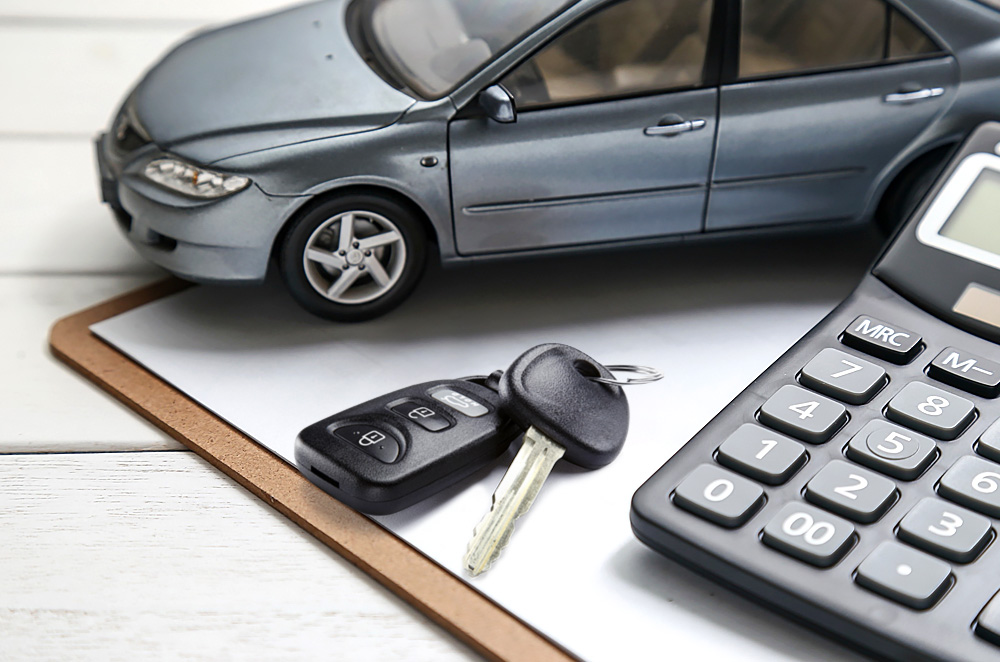Buying your first car is an exciting milestone, but it can also be overwhelming with so many options, features, and financial considerations to take into account. Making an informed decision is crucial to ensure that your first car meets your needs and fits within your budget.
From choosing the right type of vehicle to understanding financing options, there are several key factors to consider before making a purchase. This guide aims to provide first-time car buyers with ten essential tips to go through the car buying process successfully.
By following these tips, you can avoid common pitfalls, make a smart investment, and enjoy the experience of owning your first car. Let’s go into these helpful tips to ensure your car-buying journey is smooth and rewarding.
1. Determine Your Budget
Before you start shopping for a car, it’s essential to determine your budget. Consider not only the purchase price but also the ongoing costs such as insurance, fuel, maintenance, and registration.
A general rule of thumb is to spend no more than 15% of your monthly income on car payments. Use online calculators to estimate monthly payments and total loan costs based on different interest rates and loan terms. Be realistic about what you can afford, and don’t stretch your finances too thin.

Also, remember to factor in a down payment, which can lower your monthly payments and loan costs. By setting a clear budget, you can narrow down your options and avoid the temptation of overspending, ensuring that your first car is a financially sound decision.
2. Assess Your Needs
Evaluate your needs and lifestyle to determine what type of vehicle will best suit you. Consider factors such as the number of passengers, cargo space, fuel efficiency, and driving habits. For example, if you have a long daily commute, a fuel-efficient car might be a priority. If you plan to use the car for family trips or transporting large items, an SUV or a vehicle with ample cargo space may be more suitable.
Think about the features that are important to you, such as safety ratings, technology, and comfort. Make a list of your must-have features and those that are nice to have but not essential. By assessing your needs, you can focus on vehicles that align with your lifestyle, making the car-buying process more efficient and effective.
3. Do Your Research
Take the time to research different makes and models that fit your budget and needs. Utilize online resources, read reviews, and compare specifications to narrow down your choices. Look for information on reliability, safety ratings, fuel economy, and ownership costs.
Websites like Kelley Blue Book, Edmunds, and Consumer Reports are valuable sources of information. Additionally, consider joining online forums or communities where car owners share their experiences and insights. Researching can help you identify potential issues or advantages of certain models and provide a better understanding of the market value.
By being well-informed, you can make a more confident decision and avoid any surprises down the road. Doing thorough research ensures that you choose a reliable and suitable vehicle for your needs.
4. Consider New vs. Used
Decide whether you want to buy a new or used car, as each option has its pros and cons. A new car comes with the latest technology, a full warranty, and no previous wear and tear. However, it also comes with a higher price tag and immediate depreciation once you drive it off the lot.
A used car is typically more affordable and can offer better value for money, but it may have higher maintenance costs and a shorter warranty period. Certified pre-owned (CPO) cars are a middle ground, offering the benefits of both new and used cars, such as a thorough inspection, warranty coverage, and lower price.

Weigh the advantages and disadvantages of each option based on your budget, preferences, and long-term plans. By considering new vs. used, you can make an informed decision that best suits your financial situation and lifestyle.
5. Explore Financing Options
Understand your financing options before committing to a purchase. You can finance through a dealership, bank, credit union, or online lender. Each option has its terms, interest rates, and requirements. Getting pre-approved for a loan can give you a better idea of your budget and provide leverage when negotiating with dealers.

Compare interest rates, loan terms, and monthly payments to find the best deal. Be cautious of long term loans with lower monthly payments, as they may result in higher costs due to interest. Additionally, consider your credit score, as it will impact your interest rates and loan approval.
Taking the time to explore financing options ensures that you secure a loan that fits your financial situation and allows you to purchase your first car without unnecessary financial stress.
6. Take a Test Drive
A test drive is a crucial step in the car-buying process. It allows you to experience the vehicle firsthand and assess its comfort, handling, and performance. Pay attention to how the car responds to acceleration, braking, and cornering.

Test the visibility, seating comfort, and ease of using controls and features. Listen for any unusual noises and check for the smooth operation of the transmission and suspension. If possible, test drive the car on different road types, including highways and city streets.
Don’t hesitate to ask the salesperson questions about the car’s features and performance during the test drive. Taking a thorough test drive ensures that you feel confident and satisfied with your choice, helping you make a more informed decision.
7. Check the Vehicle History
If you’re considering a used car, it’s essential to check the vehicle history report to uncover any potential issues. Services like Carfax and AutoCheck provide detailed reports on a vehicle’s history, including accidents, title status, ownership records, and maintenance history.

Reviewing the vehicle history can reveal red flags such as previous accidents, flood damage, or odometer discrepancies. Ensure the VIN (Vehicle Identification Number) on the report matches the car you’re considering.
A clean vehicle history report provides peace of mind and confidence in your purchase, while any concerning findings should prompt further investigation or consideration of other options. By checking the vehicle history, you can avoid hidden problems and make a more informed decision when buying a used car.
8. Negotiate the Price
Negotiating the price is an important part of the car-buying process. Research the market value of the car using resources like Kelley Blue Book and Edmunds to understand what a fair price is. Be prepared to negotiate with the dealer to get the best deal possible.
Start by making a reasonable offer below the asking price and be willing to compromise. Focus on the total cost of the car, including fees and taxes, rather than just the monthly payment.
Be polite but firm, and don’t be afraid to walk away if the dealer isn’t willing to meet your offer. Sometimes, showing that you’re willing to leave can lead to a better deal. By negotiating the price, you can save money and ensure you’re getting the best value for your first car.
9. Inspect the Car
Before finalizing the purchase, have the car inspected by a trusted mechanic, especially if you’re buying a used vehicle. A professional inspection can identify any hidden issues or potential problems that may not be apparent during a test drive.
Ask the mechanic to check the engine, transmission, brakes, suspension, and other critical components. Reviewing the inspection report can give you a better understanding of the car’s condition and potential future maintenance costs.

If the inspection reveals significant issues, you can use this information to negotiate a lower price or decide whether to proceed with the purchase. By getting a thorough inspection, you ensure that your first car is in good condition and avoid unexpected repairs.
10. Understand Ownership Costs
Owning a car involves more than just the purchase price. Consider ongoing ownership costs such as insurance, fuel, maintenance, and registration. Research insurance rates for the make and model you’re interested in, as they can vary significantly.

Estimate fuel costs based on your driving habits and the car’s fuel efficiency. Factor in regular maintenance, including oil changes, tire rotations, and brake repairs. Don’t forget about registration fees and taxes, which can also add to the cost.
Understanding these ownership costs helps you budget more effectively and avoid financial surprises. By considering all the expenses involved in owning a car, you can make a well informed decision and ensure your first car remains affordable and enjoyable to own.

